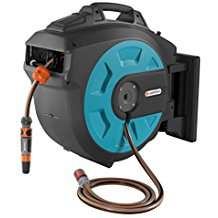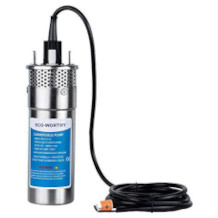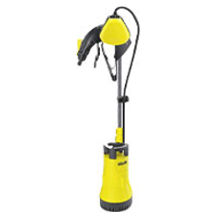Soaker hose purchasing advice: how to choose the right product
- The most important facts in brief
- Drip hoses are used to supply water evenly to flower beds and individual plants.
- They have many small holes through which the water comes out in droplets.
- This efficient and targeted way of watering saves a lot of water.
- Such hoses are ideal for watering vegetable beds.
The intelligent way to water the garden
There is no getting around watering the garden, especially in a summer with little rainfall. In large gardens or large flower and vegetable beds, watering the plants is a time-consuming task. Each plant must receive exactly the amount of water it needs – not too much and not too little. Those who have to struggle with these tasks may sooner or later think about an irrigation system. One solution that anyone can install in their garden is the so-called drip hose. Such an irrigation system not only relieves gardeners of a lot of work, but also helps to save water. Unlike other systems, a drip hose does not require high water pressure to work, but can be connected to a tap or a rain barrel.
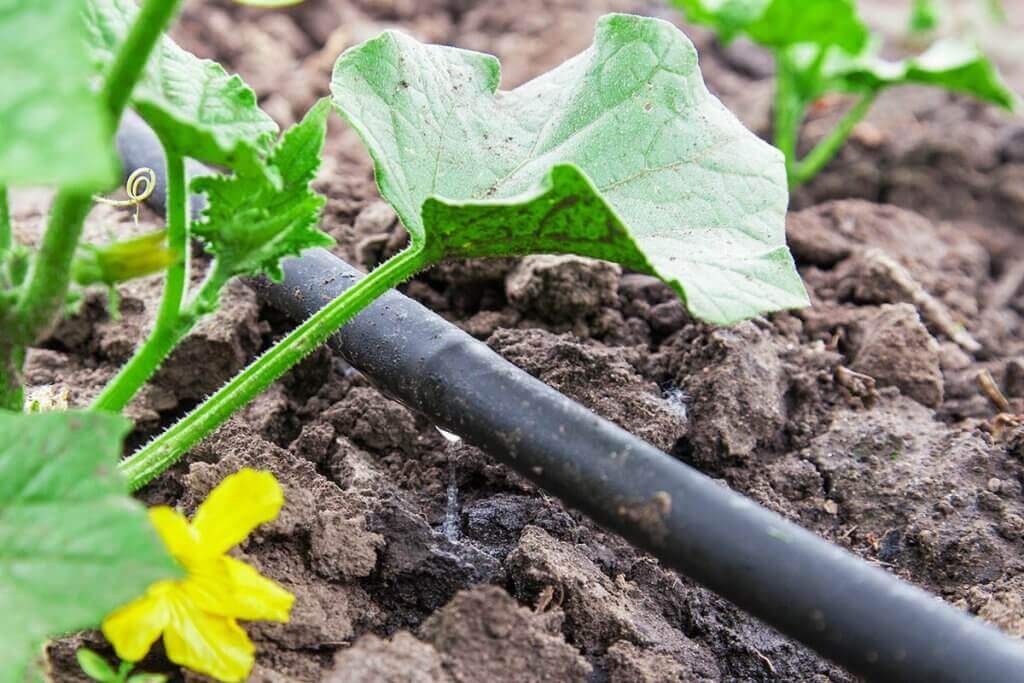
The drip hose is a garden hose with many small holes through which the water comes out in droplets. In a conventional drip hose, the holes are evenly spaced. A variation of the drip hose is the beaded hose. It is virtually perforated so that water escapes along the entire length of the hose. The drops that collect on the surface of the hose look like small pearls.
Several drip hoses can be used to create a simple but effective irrigation system. These systems are also used in professional agriculture. Young plants in particular can be watered more gently.
Instead of supplying the beds with a lot of water at once, as with a garden hose or watering can, a system of drip hoses supplies the plants continuously with a small amount of liquid. This saves water, because with economical irrigation the majority does not run off directly into deeper layers of soil. This is particularly advantageous in dry soils.
Areas of application for drip hoses
Because of its shape, the drip hose is suitable for watering rows, for example in flower and vegetable beds. The hose can also be bent, just make sure that the water flow is not obstructed. A frequently used accessory is the so-called T-connector, which can be used to make branches.
Hedges and shrubs also need more water than usual during the hot summer months. Especially for plants with dense foliage, it is often difficult to reach the roots with a normal spray hose. Here, watering directly at the ground would make more sense. This is exactly what a drip hose can do.
If you want to grow vegetables on a larger scale in your garden, for example in a greenhouse, you really can’t do without a drip hose. This method is not only particularly efficient and promises high yields, it also protects the young plants, which could be damaged by watering from above.
Not recommended for lawns
Drip hoses do not have a particularly long reach, which is why they are not suitable for lawns. For such large-area watering, a lawn sprinkler is recommended.
Drip or bead hose: What is the difference?
Both variants of the drip hose continuously release water droplets into the environment. The difference is that the conventional drip hose waters specifically one spot, while the bead hose moistens the entire length of the soil. This is why the two types of hose are recommended for different applications. For example, a normal drip hose can be used to water individual shrubs or solitary plants in flower tubs. The bead hose, on the other hand, with its many pores, is ideal for a vegetable bed, because it supplies an entire row of plants with water.
Many manufacturers make no distinction between drip and bead hoses in their naming, which is why interested buyers should look carefully to see which type of hose they are dealing with.
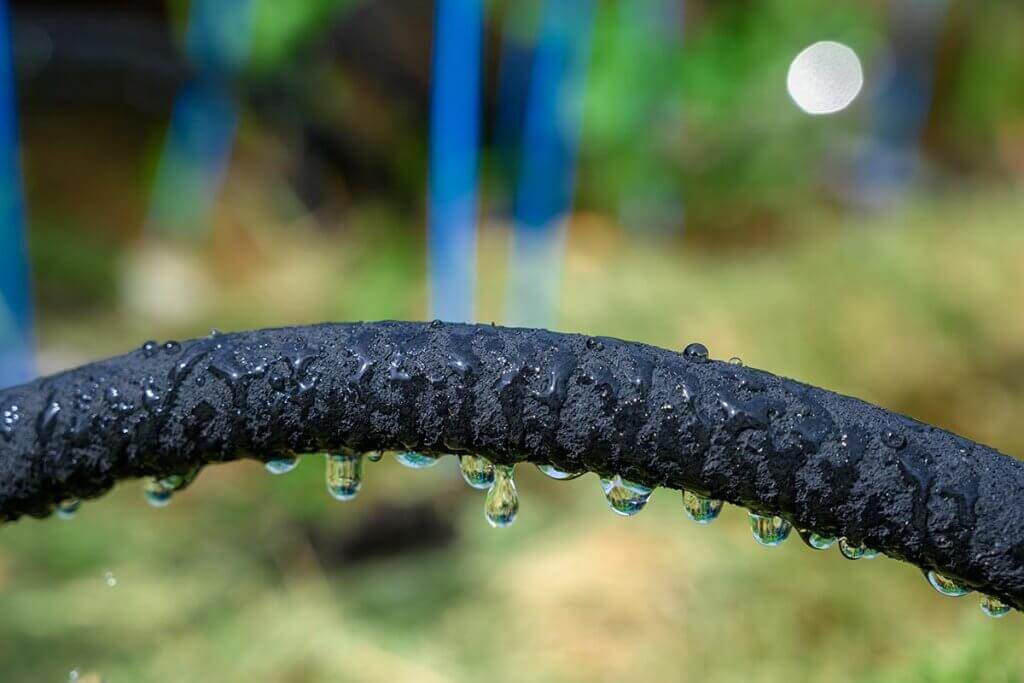
What you should look for when buying a drip hose
When deciding on a drip hose, the same aspects play a role as when choosing an ordinary garden hose: Length, water volume, diameter and material. If you want to install an irrigation system, you should consider the various accessories.
Total length
The rule of thumb for the length of drip hoses is that it should roughly correspond to the square metre of the area to be watered. So if you want to water 20 square metres, you need a hose 20 metres long.
The shortest drip hoses are about seven metres long. A common size in the trade is 15 metres. Some manufacturers also offer hoses that are 50 metres and longer. However, as the length increases, it becomes increasingly difficult to run the drip hose efficiently at low water pressure. A single water supply often cannot supply water to the entire length of such a long hose. Since drip hoses are usually supplied with an end cap, a hose that is too long can simply be cut. The remaining piece can be added elsewhere in the irrigation system.
Water quantity
The amount of water delivered is varied by pressure. A drip hose requires a minimum pressure of 0.5 bar, the maximum pressure is 4 bar. If a hose is operated at 0.5 bar, for example, it delivers about 12 litres of water per minute. The longer the hose is laid, the higher the water pressure must be. Over a length of 50 metres, it should be 1.5 bar.
Many drip hoses have a connection with an integrated pressure reducer. This is a protective mechanism that prevents the pressure in the hose from exceeding 4 bar. Even if a pressure reducer is present, it is advisable not to turn the tap on all the way. If a drip hose is operated at too much pressure over a long period of time, the individual holes gradually enlarge. This results in overwatering and puddling in places.
There are also pressureless drip hoses that can be connected to a water barrel, for example. It is important to note that the water butt must be higher than the area to be watered. However, the difference in height should not be more than one metre. Non-pressurised hoses should be laid as straight as possible, as every bend slows down the flow of water, whereupon water is delivered unevenly. A pressureless drip hose is less suitable for watering longer distances.
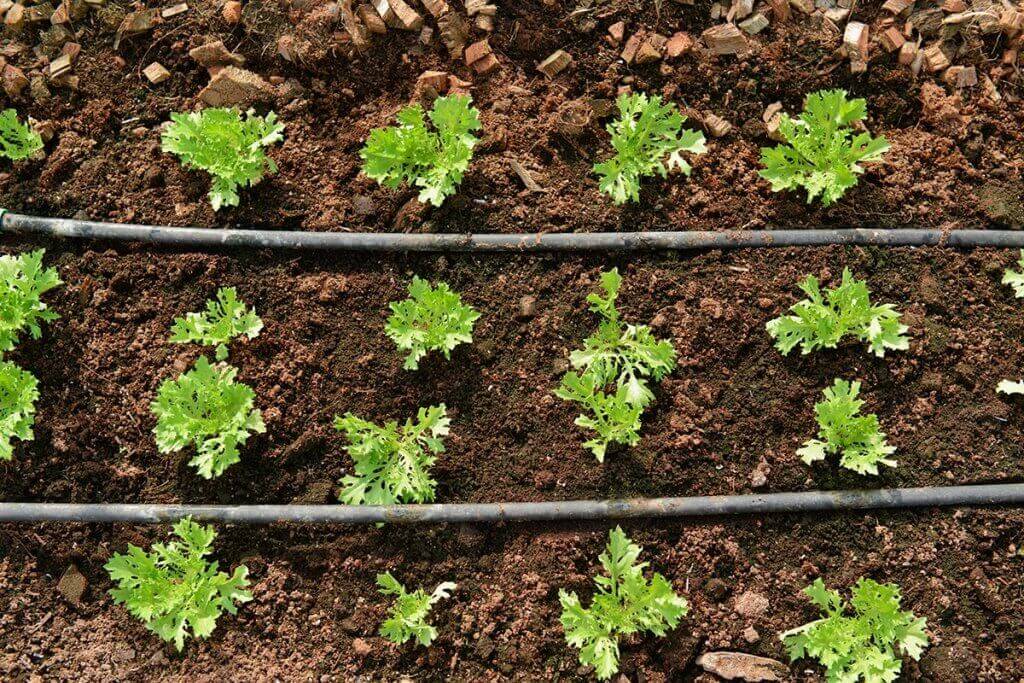
Diameter
Drip hoses are not always the same size, but have different diameters. For garden hoses, the inner diameter is given in inches. The larger the inner diameter, the more pressure it takes to supply the hose with water.
The inside diameter can be found either in inches or DN, which is standardised according to DIN EN ISO 6708. DN is an abbreviation for the French term “diamètre nominal”, in German the term “Nennweite” is used. In building technology, the two terms refer to the inner diameter of a pipe or hose.
- 1/4 inch: 12.7 millimetres (DN 12)
- 5/8 inch: 15.9 millimetres (DN 15)
- 3/4 inch: 19.0 millimetres (DN 19)
If the inner diameter is given in inches, it is important to know the corresponding millimetre. A hose with a diameter of 12.7 millimetres is an excellent all-rounder. With such a hose, low water pressure is sufficient to water the garden. Because it is comparatively thin, a 12.7 millimetre hose is easy to transport and roll up. Another advantage is that there is a wide range of accessories, including the plug-in parts for an irrigation system.
Drip hoses with a larger diameter of 19 millimetres are particularly well suited to being installed as an irrigation system. They can be operated at a higher pressure and can therefore be laid for longer. There is also a wide range of accessories for hoses with this diameter.
Material
Drip hoses are made of either PVC or rubber. Hoses made of PVC are inexpensive and light. They can be bent without much effort, but have the property of returning to their original shape after a while. If you want to lay a PVC hose in serpentine lines through a bed, you should therefore use hose holders to keep it in the desired shape.
Rubber hoses are somewhat more expensive than models made of PVC. They are very robust and withstand environmental influences such as heat, cold and rain well. Compared to PVC hoses, they are easier to shape. If you are thinking long-term or want to lay the drip tubing underground, you should choose a version made of rubber. Only the chemical smell of a new rubber hose might bother some hobby gardeners.
Equipment
In every garden there are different spatial conditions. For example, it may be necessary to place the drip hose around a corner. When setting up a system of hoses, branches are useful. For this reason, many manufacturers offer the hose together with various connecting pieces.
The most common connectors are the straight connector, T-connector and corner connector. With the straight connector, two hoses can be joined together straight. With the T-connector, a branch is made. This is helpful when several rows – such as a large vegetable patch – are to be watered. With the corner connector, the hose can be laid at a 90-degree angle around a corner without having to be bent. A cap is also needed for each end of the hose system.
The connectors are a great advantage if the hose is relatively rigid and inflexible. However, they are also a weak point, as leaks can occur at the connections.
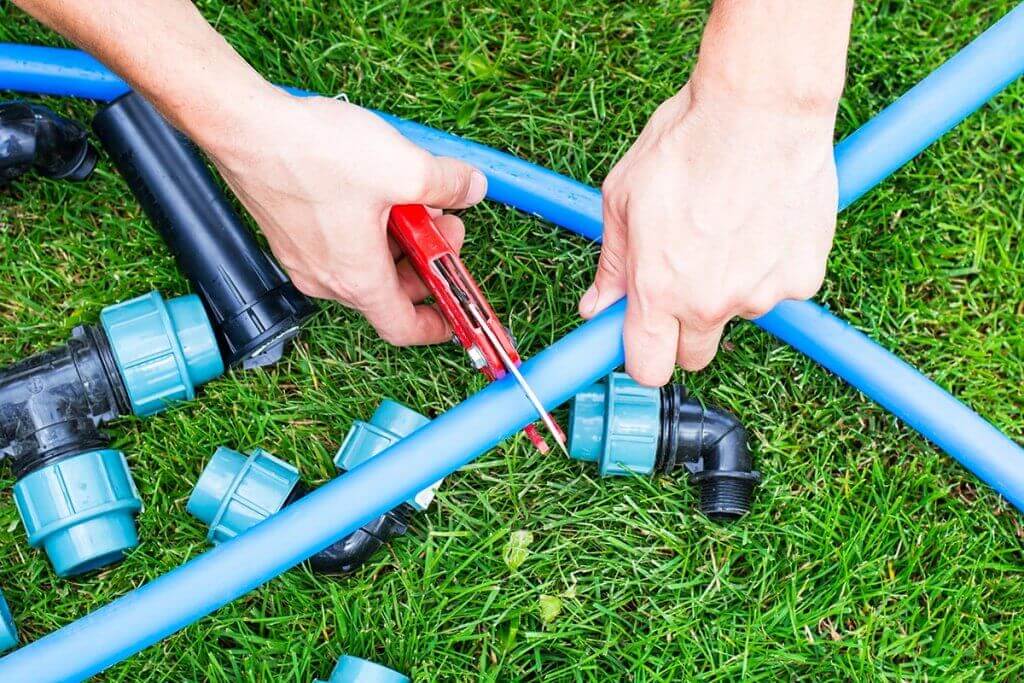
To control the water pressure, a flow reducer or a pressure reducer can be installed in the irrigation system. The flow reducer is recommended for smaller watering distances of up to 30 metres. In the connection part there is a reducing disc which reduces the amount of water flowing through. In this way, the water pressure is also reduced.
For longer irrigation systems of 30 metres or more, the flow reduction reduces the amount of water so much that it is no longer sufficient to irrigate the entire length. A pressure reducer, on the other hand, reduces the water pressure at full flow. A particularly practical feature of many pressure reducers is that the outlet pressure can be set precisely.
Further information on the subject of drip hoses
An irrigation system made of drip hoses is easy to install and takes a lot of work off the gardener’s hands. When watering, it makes sense to water at regular intervals so that the soil is never too wet or too dry.
Laying a drip hose system
An irrigation system consisting of drip hoses can be laid either above or below ground. Underground installation makes sense if the hose would otherwise have to be laid across the lawn or patio. Those who are bothered by the appearance of the hose will also prefer to lay it underground. A classic drip hose must be led out of the ground again at the end in order to drain off water if necessary. This is not necessary with the bead hose. The hose should be buried about five centimetres deep.
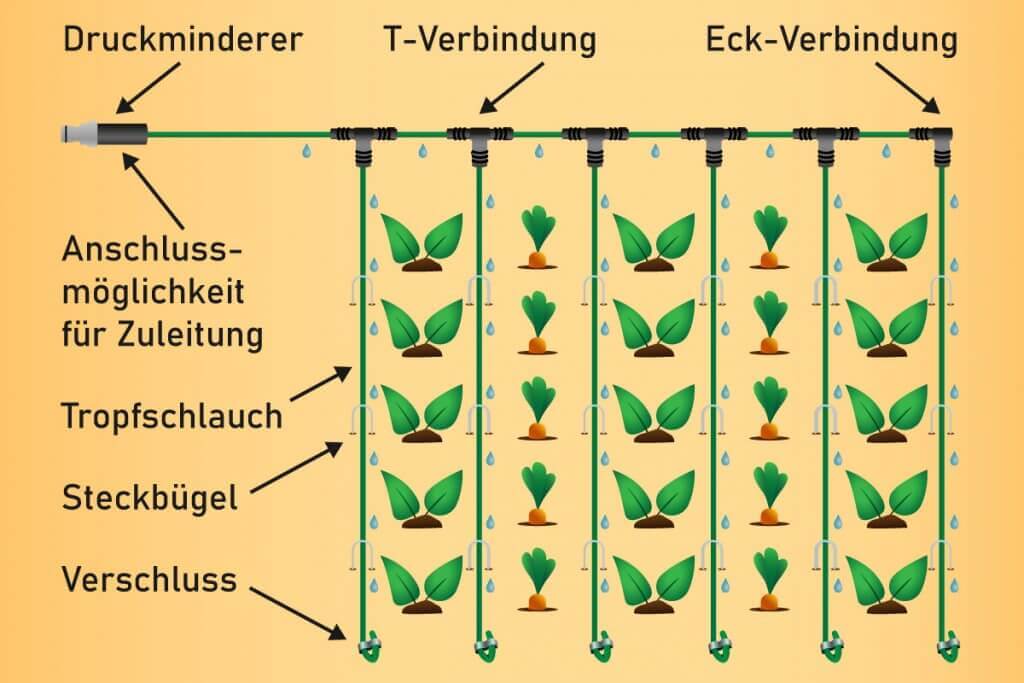
Above-ground installation is less labour-intensive in comparison. In addition, changes can be made to the irrigation system at any time. A disadvantage of above-ground installation is that the hoses and connections are not frost-proof and must therefore be stored in winter.
Pay attention to the following basic principles for both types of installation:
- Lay long lengths
- Lay the hose as level as possible
- Plug connections for the branches
- Alternatively, snake lines around the plants
- At least 30 centimetres distance between the strips
The smart drip hose
The ideal time to water plants is in the early morning. However, most people cannot reconcile this kind of gardening with their sleeping rhythm. Smart solutions ensure that the beds are watered while you are still asleep.
The simplest solution is a timer that can be used to set when to water and for how long. If you want even more control, consider buying an irrigation computer. This allows you to control all aspects of irrigation via an app. With the help of such a computer, it is even possible to react to the weather at home while on holiday and adjust the watering accordingly.
Watering times
Even if only drops escape from the hose, the water is not turned on all day long. That would be wasteful and is not good for the plants either. There are a few simple rules for watering.
In dry weather, run the water for about two hours a day. The best time to water is in the morning. On hot days, the water is only turned on in the morning or evening. In the sun, drops can act like a burning glass and cause damage to the plants. If it has rained, watering is left off for the time being. As soon as the soil is dry, the drip hose can be used again. You can check this by sticking a finger about one to two centimetres deep into the soil.

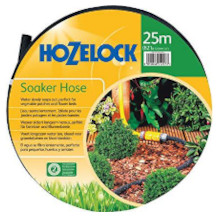
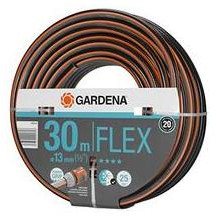
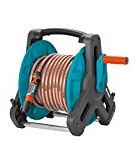
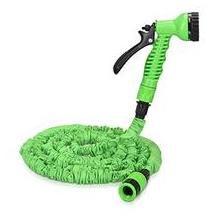

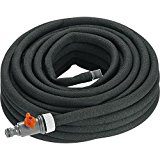
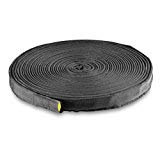
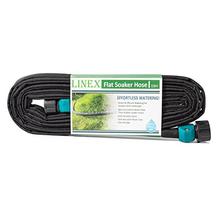
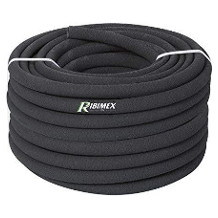
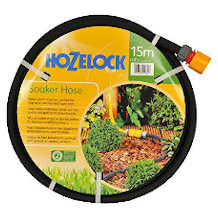

 886 reviews
886 reviews




